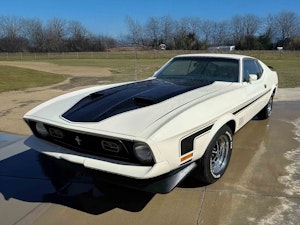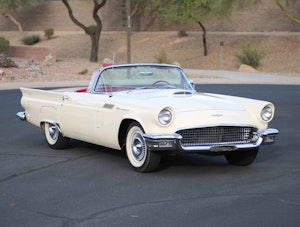Media | Articles
Car-driving rats (yes, we said rats) prove that going for a cruise reduces stress
Researchers have learned what automotive enthusiasts have been saying all along: When life starts to feel like a rat race, driving reduces stress. Apparently, they just needed to hear it from the rats.
In a miniature version of Hagerty’s Never Stop Driving initiative, the BBC reports that 17 lab rats at the University of Richmond are taking turns driving a tiny plastic car. According to study leader Dr. Kelly Lambert, the rats felt “more relaxed” while cruising in the little electric vehicle, a discovery that could help with the development of non-pharmaceutical treatments for mental illness.
The Richmond researchers built the electric car by attaching a small plastic jar to an aluminum plate fitted with four wheels. A copper wire was threaded across the front of the car in a horizontal pattern, and the rats—sitting on the aluminum plate—learned to “steer” by touching one of three bars (and thus completing the circuit) to go left, right, or straight.
The rats were rewarded with bits of cereal for each correct move, and after several months they had all learned to make the car go in the direction they wanted it to.
Marketplace
Buy and sell classics with confidence
The rodents were divided into two groups, one for those that had been raised in the laboratory and the other for those that grew up in natural habitats (referred to as an “enriched environment”). According to the researchers’ findings, which were published in the scientific journal Behavioural Brain Research, the rats raised in “enriched environments” were significantly better drivers than the lab rats. (Perhaps, having lived in the wild, they were already used to being flipped off in rush hour traffic.)
Researchers tested the rats’ feces for the stress hormone corticosterone, as well as the anti-stress hormone dehydroepiandrosterone, which scientists believe could be linked to the satisfaction of learning a new skill. All of the rats in the study, regardless of their upbringing, had higher levels of dehydroepiandrosterone after learning to drive.
If that proved therapeutic, just wait until scientists swap the electric motor for a gas-combustion engine and kick the horsepower up a notch. We could have told them a long time ago just how well that works.










